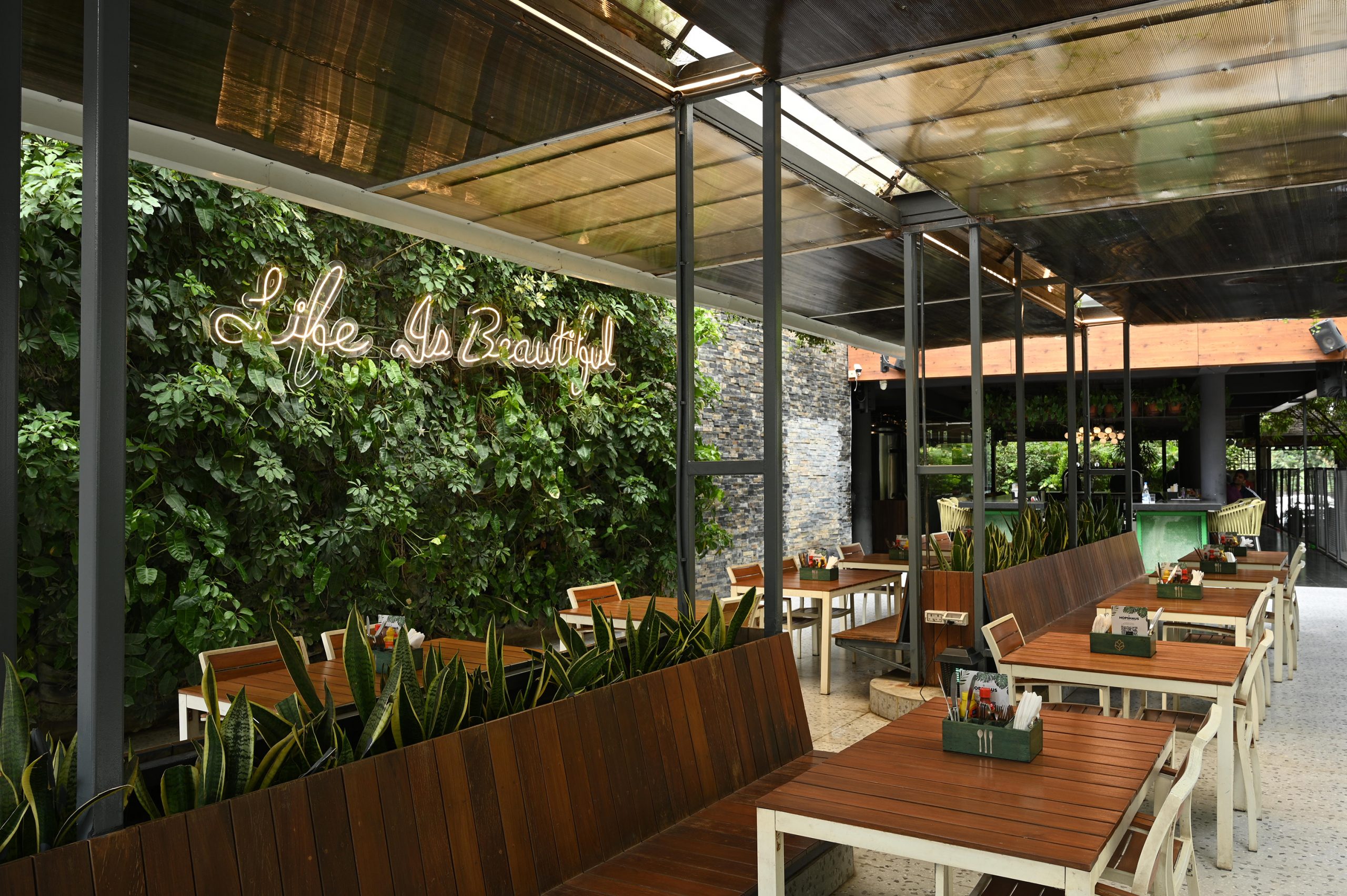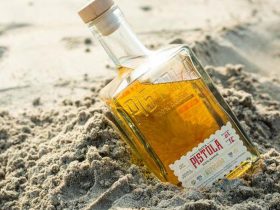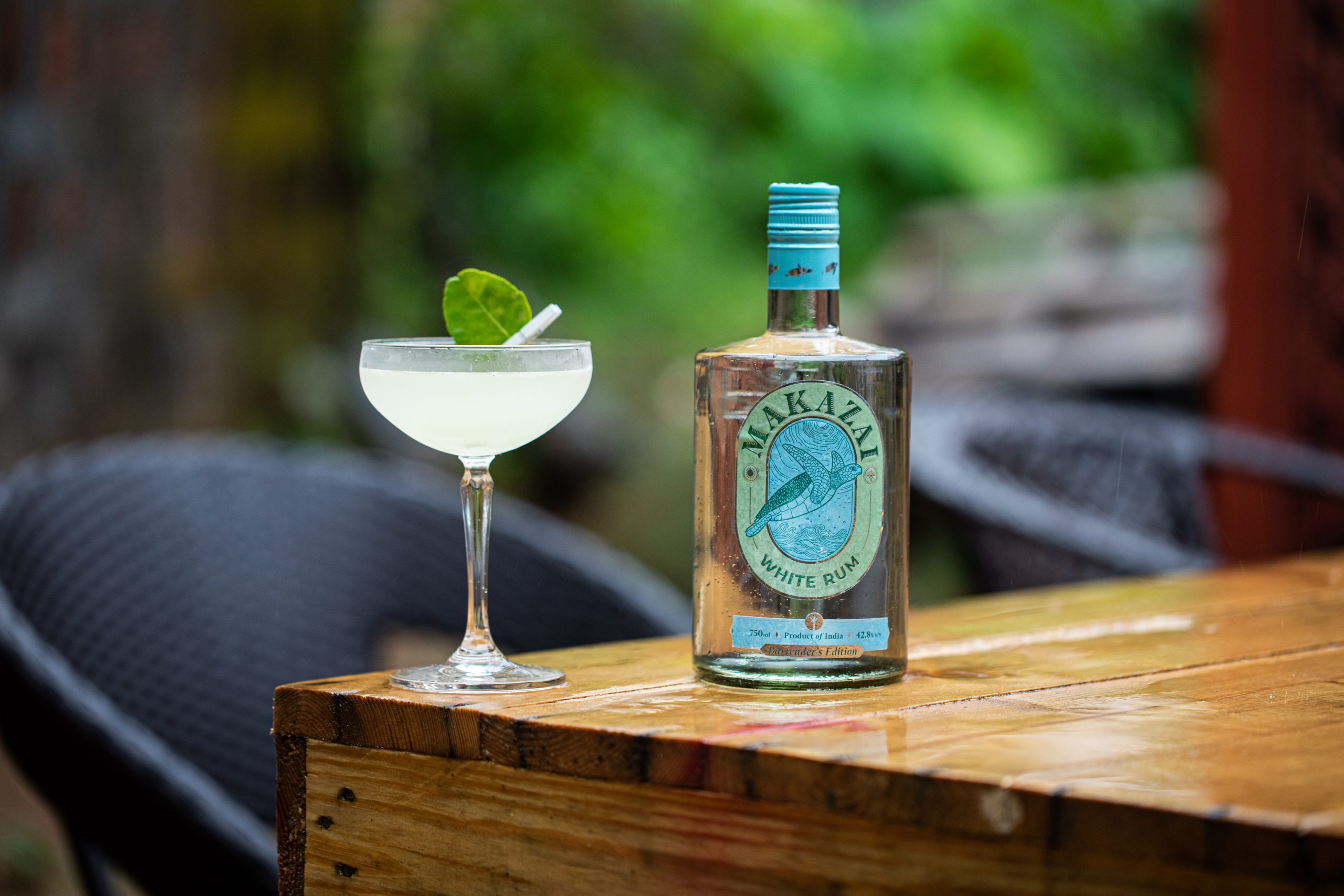SAKE- Pronounced as Saa-key or Sa-keh remains a mystery to many alcohol consumers. So let’s give it a try!
Popular notion is that Sake means Japanese rice wine, but actually in Japanese language ‘Sake’ means alcohol, and the rice-based alcoholic drink that rest of the world knows as sake is called ‘Nihonshu’. It comes with an alcohol content ranging from 14-16%, with the exception of “Genshu”, a variety with 18-20% alcohol.

Sake has an acquired & unique taste, different from any other drink out there. But once you acquire the delicate taste of Sake, there is no looking back as it opens up a world of pure drinking pleasures.
History
The origins of sake are traced to China in 4,000 BC. But after Japan introduced wet rice cultivation in 300 BC, the Japanese began to produce this drink in mass quantities. At first, the Japanese government had a monopoly on sake brewing. But sometime around the 10th century, temples & shrines in the country began to brew Sake and became the main centers of production for the next 500 years. By 1300s, sake became the most ceremonial beverage in Japan. It was used for religious ceremonies, court festivals, and drinking games.
By the 19th century, Japanese people started brewing Sake at home. But as home-brewed sake was tax-free, to collect more tax revenue during Russo-Japanese war in 1904–05, the government banned homebrewing of sake. Sadly it was the end of home-brewed sake, as the law remains in effect even today.
While the rest of the world may be drinking more sake today and it’s quality has been improving, Japan’s sake production has been declining since 1970s.
How to drink
Usually, sake is served to one another in small drinking cups called guinomi or choko in a special ceremony, where it is warmed in an earthenware or porcelain bottle. But you can drink sake chilled or at room temperature, too. During the ceremony, sake is sipped from a small porcelain cup like tea or fine wine. The type of sake you have will determine the recommended serving temperature.
Traditionally, sake is enjoyed with appetizers or is sipped with light sushi-like sashimi or nigiri. Different sakes can bring out the flavors in the appetizers and make the meal even more enjoyable and memorable.
Unlike wines and beers, sake is a versatile beverage. It comes in a variety of flavors, alcohol content, finishes, and varied serving temperatures. Cheaper sake is often served warm to disguise its low grade, and premium sake is served chilled.
We will take you through the various types of Sake in another blog, but broadly speaking, Daiginjo and Ginjo, with their charming fruity-floral fragrances, are popular as chilled drinks. While Honjozo and Junmai are versatile, especially when accompanied by food, and can be served warm or chilled.
If you’re new to sake drinking, avoid ‘Koshu’ sake and steer clear of low-grade ‘Futsu Shu. These are strong & rough drinks. For a good drinking experience try ‘Namazake’ a fresh, unpasteurized sake with a fruity taste. And one can never go wrong with ‘Junmai,’ a premium sake, usually smooth and easier to drink.
Now that you know how to drink sake like a pro, go ahead and experiment a bit, with different types, flavors and ways to drink Sake.
Kanpai!
(Cheers! in Japanese)
















Leave a Reply